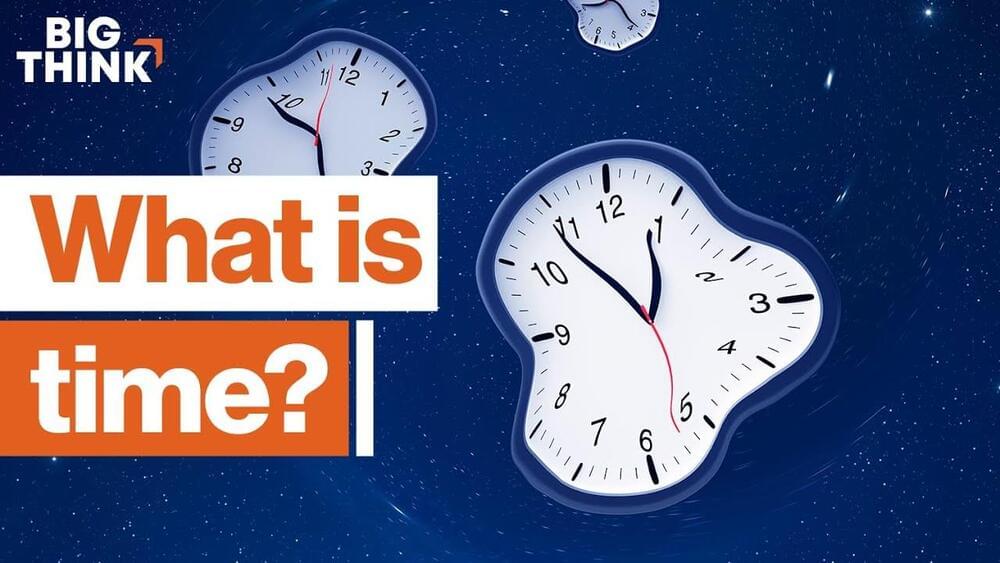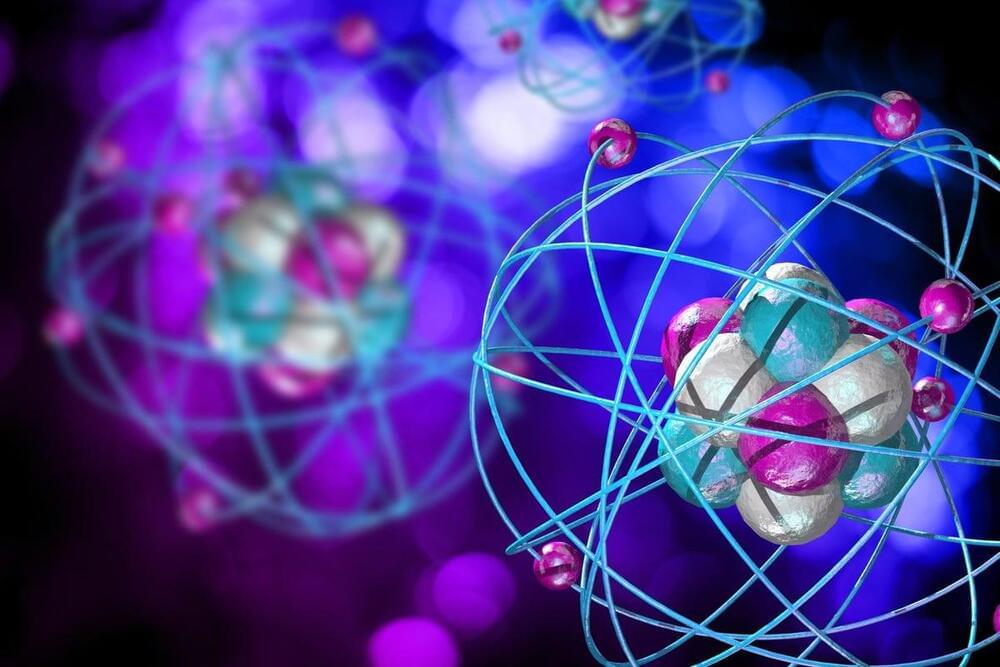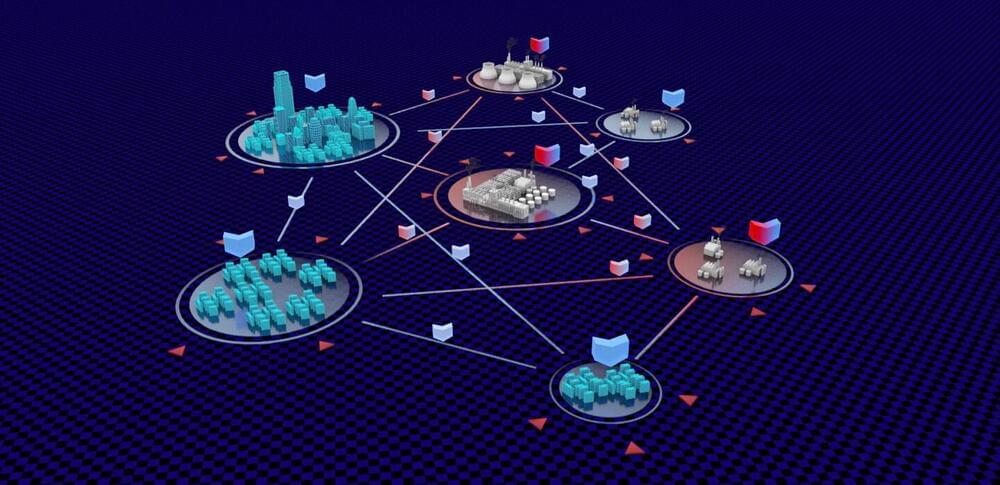Nov 28, 2021
Worried about AI ethics? Worry about developers’ ethics first
Posted by Gemechu Taye in categories: business, ethics, health, information science, robotics/AI
How will future AI systems make the most ethical choices for all of us?
Artificial intelligence is already making decisions in the fields of business, health care, and manufacturing. But AI algorithms generally still get help from people applying checks and making the final call.
What would happen if AI systems had to make independent decisions and ones that could mean life or death for humans?
Continue reading “Worried about AI ethics? Worry about developers’ ethics first” »

















